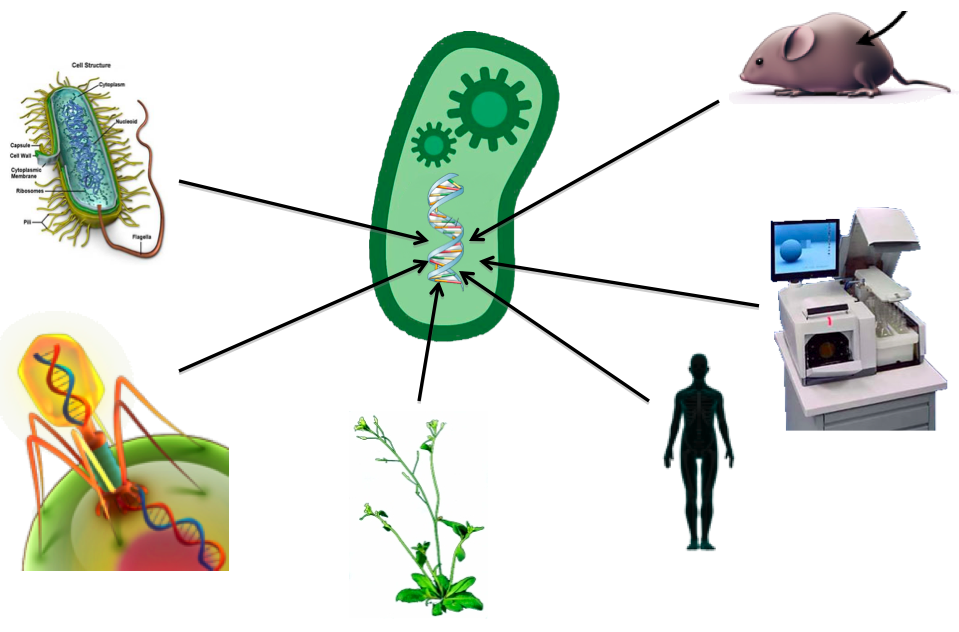Team:DTU Denmark/introduction private securkey Dhjg1mab2ak47
From 2009.igem.org

| Home | The Team | The Project | Parts submitted | Modelling | Notebook |
|
The redoxilator - Introduction - Results - Applications and perspectives The USERTM assembly standard - Principle - Proof of concept - Manual USERTM fusion primer design software - Abstract - Instructions - Output format |
The project Genetic design We have successfully designed and physically constructed a genetic system that couples the intracellular NAD+/NADH level to the gene expression of a reporter protein. The system has potentially many applications including in vivo online monitoring of the redox poise, production optimization and cancer research with yeast as a model organism (see Applications). The NAD+/NADH ratio is sensed by a system originating in Streptomyces coellicolor. In S. coellicolor the protein REX is a repressor and controls the gene expression of multiple genes by recognizing and binding to a specific DNA-sequence termed ROP (Rex operator). NAD+ and NADH compete to associate with Rex, but only a REX:NAD+ association can bind the ROP DNA-sequence (Brekasis and Paget, 2003). In S. coellicolor REX DNA binding represses expression of target genes, by physically hindering RNA-polymerases from binding the promoter. As the transcription machinery of eukaryotes is different and more complicated, there are no guarantee that repression will be effective in eukaryotes. REX has therefore been fused to a eukaryotic transcriptional activator, a widely used technique applied for the investigation of the GAL proteins and other systems (Sadowski et al. 1988). The REX-activator fusion-protein is able to bind the ROB sequence placed upstream of a minimal eukaryotic promoter that only supports transcription upon activation. A certain NAD+/NADH ratio will activate the Redoxilator to recognize the ROB promoter, resulting in transcription of the reporter gene.
Gene design and redox regulation Design specifications
The genetic elements and the requirements they need to fulfill are listed in the following table. The detailed description of the used genetic elements will not be made publicly available due to IP rights. The elements have been selected solely on their properties, and are from a variety of organisms - several of them are biobricks. All elements are codon optimized for S. cerevisiae
Description and requirements of genetic elements.
|
Synthetic Biology “Synthetic Biology is an art of engineering new biological systems that don’t exist in nature.” -Paras Chopra & Akhil Kamma In nature, biological molecules work together in complex systems to serve purposes of the cell. In synthetic biology these molecules are used as individual functional units that are combined to form tailored systems exhibiting complex dynamical behaviour. From ‘design specifications’ generated from computational modelling, engineering-based approaches enables the construction of such new specified gene-regulatory networks. The ultimate goal of synthetic biology is to construct systems that gain new functions, and the perspectives of the technology are enormous. It has already been used in several medical projects2 and is predicted to play a major role in biotech-production and environmental aspects. |
| Comments or questions to the team? Please Email us -- Comments of questions to webmaster? Please Email us |
 "
"




